
For the processing industry in the field of non metallic mineral processing, mining and soils, EGE offers a variety of sensor solutions to ensure product quality, guarantee a smooth process and increase the service life of the plants.
They are used in gravel production, in concrete plants or for the production of high-quality bricks. Learn more about EGE's solutions and their applications here.
The EGE Metal Detector System 3000 protects machines and plants from medium and large metal parts in the conveyed material. Light metallic contaminants are ignored so that the process runs undisturbed. Only moving parts on the conveyor belt are detected. Stationary metal parts are blanked out.
The metal detector is installed under the conveyor belt and detects metal parts in the conveyed material - both in gravel, sand, clay, coal or wooden parts.
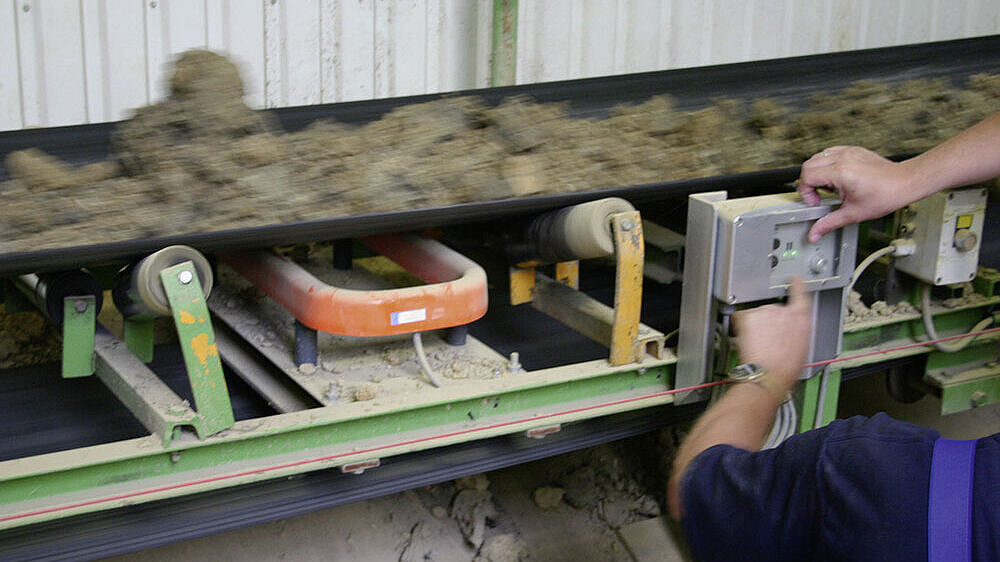
In a brick plant, the metal detectors prevent larger pieces of metal from entering the process, thus preventing damage and, more importantly, days of downtime.
The raw material clay comes from the nearby environment and can harbor all sorts of unwanted components, including metallic foreign bodies such as bolts, nails, horseshoes and screws. These are a significant hazard to the preparation plants, reels of the box feeders, rolling mills and double-shaft mixers because they can cause major damage in the production process.
The metal must be detected and removed at an early stage. The use of conventional detectors proved unsatisfactory, mainly because such sensors detected even the smallest pieces and constantly stopped the plant.
The placement of the sensors in the plant was also problematic, because they were basically disturbed by metallic plant components in their vicinity.
The solution was inductive metal detectors installed under the clay conveyor belts.
Here, EGE sensors reliably detect only the decisive metal parts because they can be precisely adjusted to the operating environment. Metal parts at rest, e.g. scaffolding elements, are blanked out. The belts only stop when they really have to.
Talk to our experts for flow and flow sensor technology about your request. Feel free to contact us directly by phone via e-mail or contact form.
Contact us
A manufacturer of concrete components was looking for a way to check cast elements for the presence of a prescribed reinforcement. This could be realized with the IFE area switch.
Each cast sleeper is tested for reinforcement using the IFE after drying and stripping. The switch, mounted at a distance of 150 mm from the conveyor line, detects the presence or absence of the reinforcement iron in the concrete element. Non-reinforced elements are detected in this way and can be sorted out.
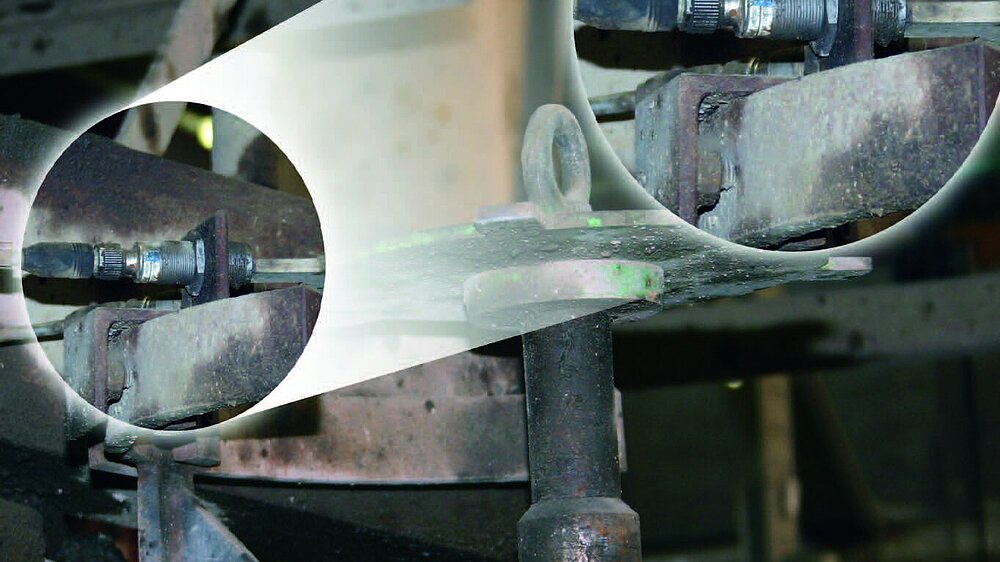
Full stainless steel sensors coated with PTFE detect the position of the ram plates in a machine hand-molding press and serve as initiators: When the soft bricks need to be locked and pressed out, a signal is generated and transmitted to the cylinder on the punch plates.
The Teflon-coated full stainless steel sensors are not affected in operation by contamination and are particularly impact-resistant: they easily withstand more than ten blows of 8 joules each. They also withstand vibrations, metal chips and abrasive media as well as aggressive coolants and lubricants, making them ideally suited for use within plants.
The sensors are also designed for increased EMC resistance: Interference generated by frequency converters has no effect on switching operations.
If a conveyor belt goes off track, this can lead to a web break and thus to a production stop. With the help of a metal flag, which triggers the inductive sensor if the belt is skewed, the belt can be stopped quickly and reliably.
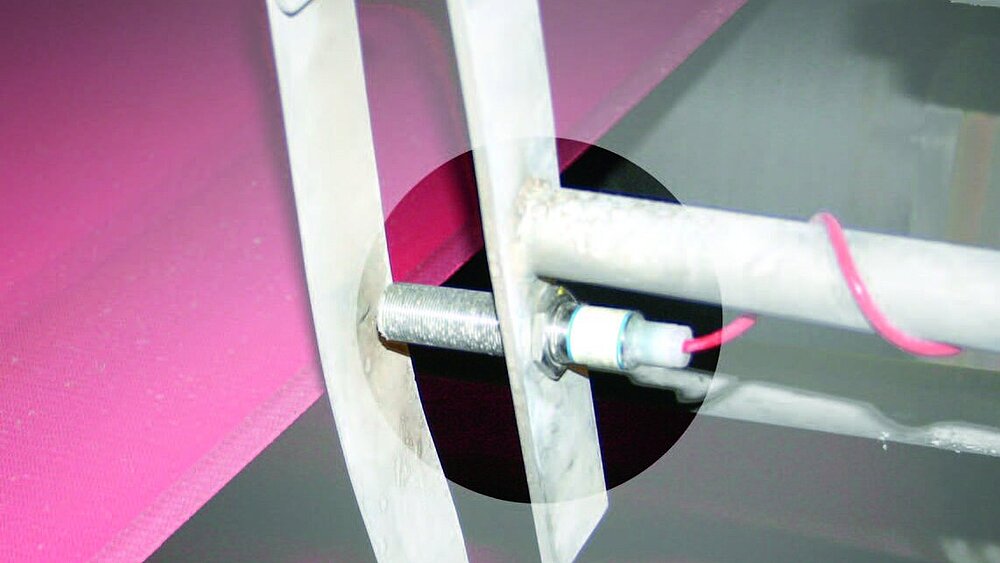
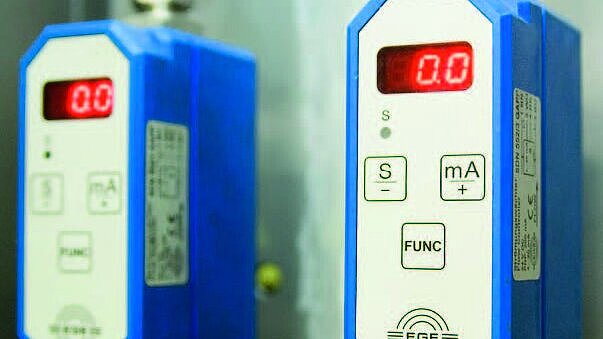
The bricks are colored with the help of manganese oxide and barium oxide. These chemicals are added to the raw material as a suspension or slurry, i.e. mixed with water.
To ensure consistent coloring, their quantity must always be measured precisely, as the amount of raw material can vary greatly. This is where EGE's SDI series electromagnetic inline flowmeters come into play. They perform continuous flow measurement of electrically conductive media and are particularly suitable for quantity measurement and dosing.
The sensors are programmed directly on the device via three buttons integrated on the front. The current measured value is displayed on the sensor by means of an integrated 7-segment display.
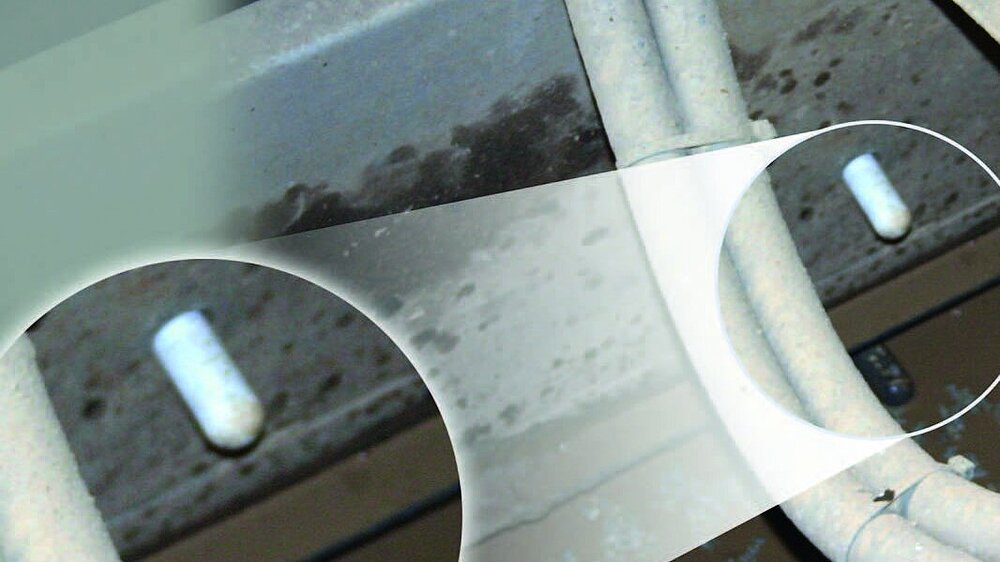
The level of containers in which clay water mixtures are stored is monitored in each case by several capacitive proximity sensors of the KGFR series installed one above the other. These specially shaped sensors are particularly suitable for granule monitoring in very harsh environments. Their PTFE housing makes them resistant to almost all chemically aggressive substances. The smooth housing surface also ensures that no particles can stick to the sensor and cause faulty switching.